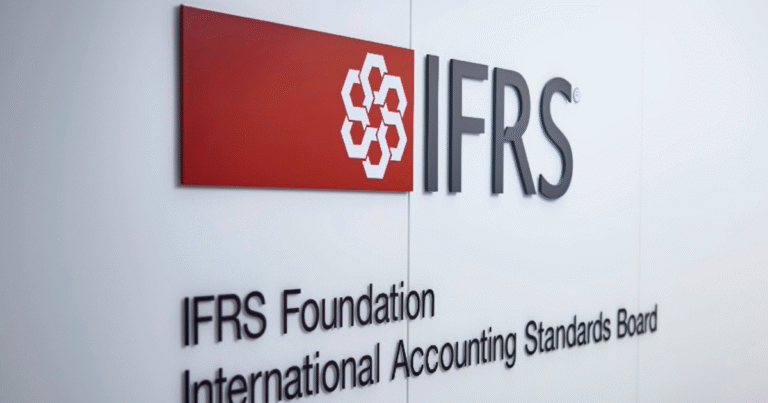The International Accounting Standards Board released a revised Practice Statement on management commentary to achieve better global alignment, while its parent, the IFRS Foundation, released guidance on an entity’s climate-related transition disclosures.
The IASB did a major overhaul of the practice statement after investors pointed out shortcomings in current practice and to offer a global benchmark for regulators to use in updating or developing their national requirements and guidance as well as provide a comprehensive resource for companies to help meet investors’ information needs..
The IASB worked closely with the International Sustainability Standards Board to align the two boards’ requirements and to facilitate connected information across a company’s financial reports. Both boards are overseen by the International Financial Standards Board Foundation. The IASB’s work on updating the Practice Statement also draws on innovations in narrative reporting, including the Integrated Reporting Framework.
Climate transition
In related news, the IFRS Foundation also published on Monday a new guidance document Disclosing information about an entity’s climate-related transition, including information about transition plans, in accordance with IFRS S2 as part of its commitment to supporting the implementation of IFRS Sustainability Disclosure Standards. The document builds on disclosure-specific material developed by the Transition Plan Taskforce, for which the IFRS Foundation took responsibility last year.
The guidance supports entities that are applying IFRS S2 Climate-related Disclosures. It’s designed to help entities provide high-quality information about their climate-related transition when applying IFRS S2; and covers disclosures about any “transition plan” an entity has, including both mitigation and adaptation efforts.
“This guidance document addresses the fragmentation of disclosures about transition plans—which is costly for both preparers of information and investors—and provides inspiration for entities who are applying IFRS S2 when making disclosures about their climate-related transition plans,” ISSB vice-chair Sue Lloyd in a statement. “This guidance aims to help preparers determine what information is relevant to disclose regarding their strategy and goals related to their climate-related transition.”
The IFRS Foundation is hosting a conference in the U.K. on Monday and Tuesday where officials are discussing the standards.
While IFRS S2 doesn’t require an entity to have a transition plan, it does require an entity to provide material information about the sustainability-related risks and opportunities that could reasonably be expected to affect its prospects. That includes information about its climate-related transition because it relates to how the entity mitigates and adapts to climate-related transition and physical risks.
The guidance document explains that an entity’s climate-related transition is a process through which the entity, in the context of its overall strategy, pursues targets, undertakes actions or deploys resources to respond to climate-related risks and opportunities. It also explains to entities the information that it is necessary to disclose when applying IFRS S2, if the entity has set a strategy for its transition to a lower-carbon and/or climate-resilient economy (for example, reducing its greenhouse gas emissions and adjusting its business model to become more resilient to climate-related physical risks). In addition, it spells out guidance on disclosures about entities’ climate-related transitions. The document complements materials provided by jurisdictions or others that set out requirements or recommendations to create transition plans and the content of such plans.
This guidance is supposed to be used by jurisdictions adopting or otherwise using ISSB standards. Jurisdictions can, if they wish, supplement the disclosures required by IFRS S2 with requirements for more information to meet the needs of a wider group of stakeholders or to address specific jurisdictional information needs, so the sustainability-related financial disclosures are clearly identifiable and not obscured by additional information.


